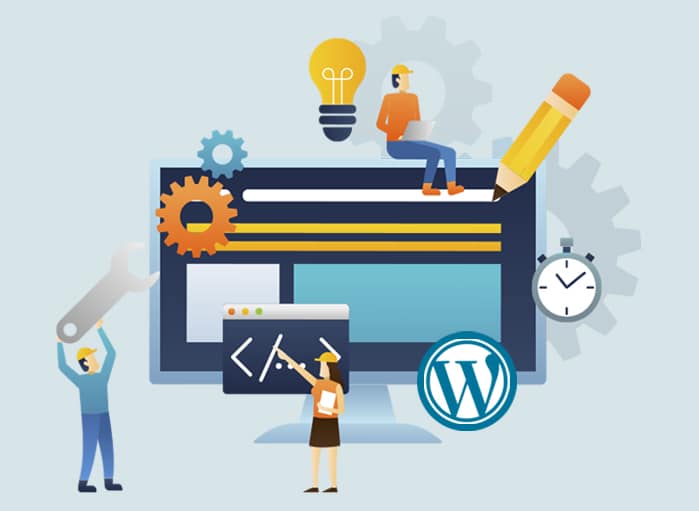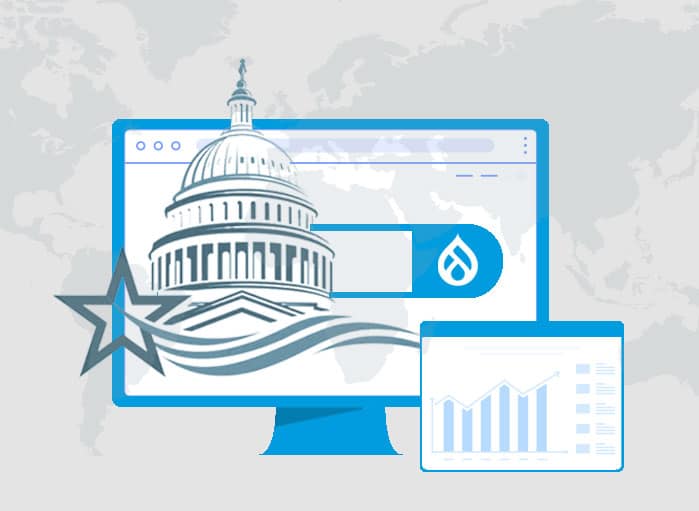
Empowering Higher Education: Why Selecting the Right CMS Makes All the Difference
Tags: CMS,Higher Education


In the ever-evolving modern digital landscape, higher education institutions face a rather unique challenge: bridging the gap between their campuses and the online world. As a result, the digital realm has become an integral part of educational institutions’ identity, communication, and engagement strategies. Do you know among the most crucial elements in this endeavor? The Higher Education CMS (Content Management System). This CMS is specifically tailored to meet the complex needs of universities and colleges, ensuring that they can manage their digital content effectively and engage their audiences more profoundly.
Long gone are the days of static websites showcasing brochures and calendars. Today, a higher education website is a dynamic hub, brimming with information, engagement, and, consequently, opportunity. Think about it — the website is basically the virtual face of the institution, attracting prospective students, nurturing current ones, and fostering connections with alumni and the general community.
All of this cannot be accomplished simply based on content — one needs a robust foundation to underpin all that content and ensure it is primed to achieve the goals for which it has been designed.
This is why higher ed institutions need CMSs that empower content creators, streamline workflows, and deliver seamless user experiences. This means that choosing the right CMS is not just about picking the software; it is about selecting a strategic partner in your digital transformation journey.
Why a Robust CMS is the Bedrock of Your Higher Ed Website
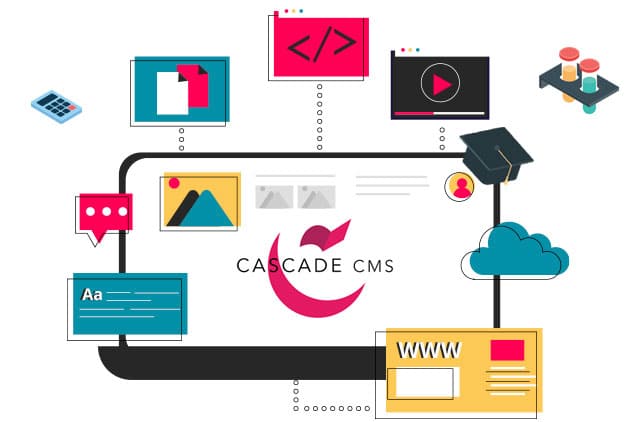
1. Enhanced Engagement and User Experience
The goal of a robust CMS is to go beyond its technical backend functions. What I mean to say is such a CMS is the key to delivering an immersive and seamless experience for website visitors. Thanks to the integration of elements such as accessibility tools, personalized content, mobile responsiveness, etc. CMSs can serve as a magnet for potential students, while also keeping current ones engaged and strengthening ties with alumni.
The right CMS, then, plays a pivotal role in building a positive and effective digital journey for the website’s users. So, remember, the higher education CMS you choose must be conducive to the creation of intuitive navigation structures, interactive features, and a responsive design among other things to help ease the process of information discovery for users, interaction with content, etc.
2. Scalability and Future-Readiness
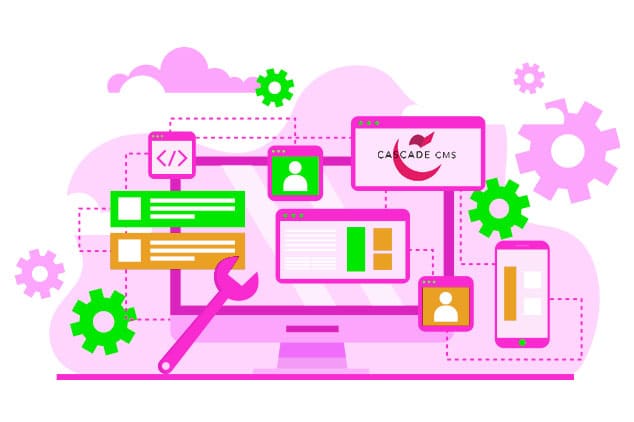
The ability to accommodate surges in website traffic, integrate multimedia elements, and seamlessly manage dynamic content is decidedly paramount for higher websites. A robust CMS, then, basically becomes the backbone, providing the requisite infrastructure to meet these demands albeit without sacrificing performance.
One must also note that as higher education institutions undergo growth, their digital footprint must evolve in tandem. This is where the CMS becomes indispensable yet again, with the right one bringing in scalability that allows the website to expand and adapt to evolving requirements.
3. Security and Compliance
In the realm of higher education, the proper management of sensitive data is a constant imperative. This means that the integration of robust security features is critical. In view of that, the right CMS, with features such as encryption, multi-factor authentication, and strict adherence to data privacy regulations, can effectively build a shield around the institution’s website.
It goes without saying that in the higher education sector, safeguarding sensitive information, upholding data protection regulations, and protecting against cyber threats are central. A robust CMS, often fortified with advanced security features such as the ones mentioned above, serves as a digital guardian, helping institutions ensure the integrity and confidentiality of their data. This also fosters trust among users while also ensuring compliance with regulatory requirements.
Now, considering the immense demand for proper and capable CMSs, it ought to come as no surprise that the market is brimming with solutions that claim to be just the right choice. Yet, there is one name in particular that has managed to carve quite a niche for itself in the market: Cascade CMS.
You don’t have to take my word for it, though. So, allow me to now walk you through some of the key reasons that make Cascade CMS such a compelling choice for higher education websites.
Cascade CMS: The Ivy League of Higher Ed Website Solutions
1. Robust Web Governance

A higher education website lacking strong web governance could possibly lead to confusion, frustration, and even security breaches. Thankfully, that problem is well addressed with Cascade CMS which, for starters, makes use of granular permissions to define roles for content creators, editors, and administrators. This restricts access to authorized personnel, establishing a clear chain of command. Plus, there is version control and approval workflows to do away with confusion and ensure that only approved content goes live.
Wait, there is more — Cascade’s audit trails also offer a detailed log of user activity, which, as you know, is vital for compliance and identifying potential security risks. And if you are worried about all this being too complex to be user-friendly, don’t. Cascade’s user-friendly interface, paired with comprehensive training resources, helps make sure that even non-technical users are able to navigate and manage content with this CMS.
2. Mobile-Friendly Interface
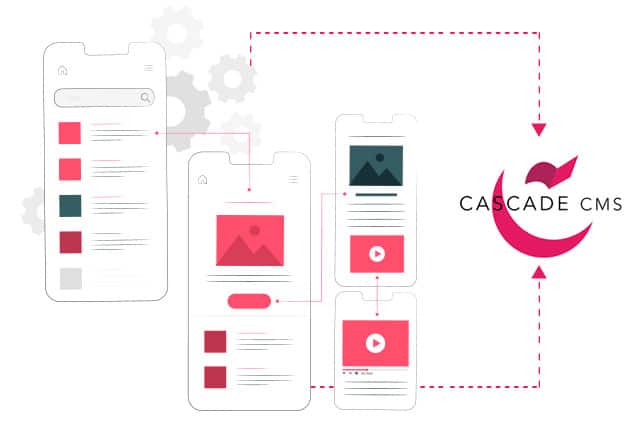
It is not news that we live in a mobile-first world. This means even higher education websites need to offer a mobile experience and not be just a desktop destination. Cascade CMS can help with that as well, helping institutions engage users wherever they may be. It offers a responsive design, meaning the layouts are automatically adapted to various screen sizes to ensure a seamless experience. Furthermore, its mobile-friendly interface gives priority to intuitive navigation, touch-friendly features, and content optimization for mobile consumption.
Additionally, Cascade provides mobile analytics and insights to help you tailor content to achieve optimal mobile experiences.
3. Search Engine Optimization (SEO)
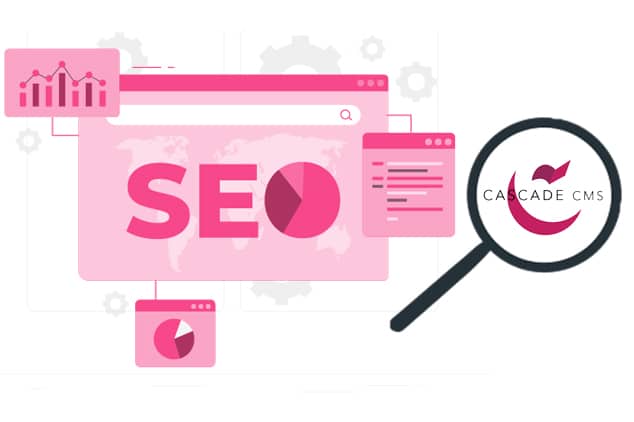
Today, amongst the vast online sea of higher education websites, visibility is paramount. What can Cascade CMS do about that, you ask. Well, folks, the solution helps you leverage SEO to help put institutions into the digital spotlight. Cascade’s built-in SEO tools do away with the need for plugins or even coding. But that is not where its SEO prowess ends — Cascade also provides real-time insights for content optimization as well as robust reports.
4. Personalization
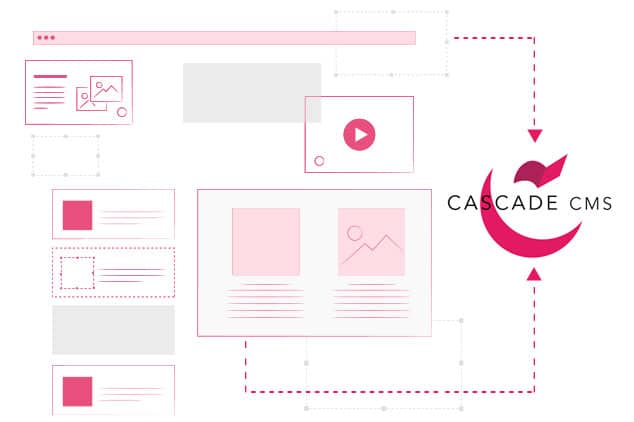
The modern world now demands and expects personalized digital experiences and in this age of hyper-personalization, cookie-cutter websites just do not cut it. Cascade CMS shines quite brightly in this department as well, empowering higher education institutions to adapt content and layouts based on different factors, such as user segments, to deliver a unique experience.
Furthermore, it gets automation to deliver personalized interactions and A/B testing to help refine strategies for optimal engagement.
It is abundantly clear that in today’s competitive landscape, Cascade CMS offers quite an edge for higher education institutions looking to transform their websites into a welcoming experience — the kind that makes each visitor feel valued and understood, thus boosting engagement and driving the realization of other goals.
But that is not to say that you must not carefully consider your own website’s and business’ unique requirements and expectations. The choice of tool must always follow such careful and strategic consideration. And if you find yourself needing help along the way, you can always reach out to eWay Corp’s expert team.

